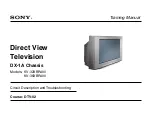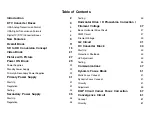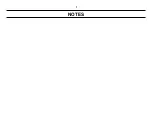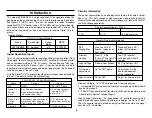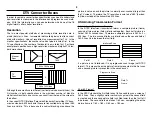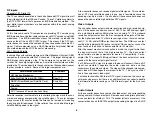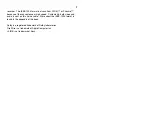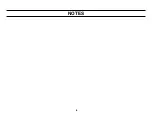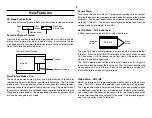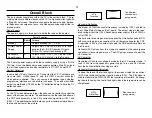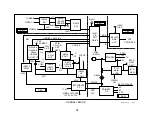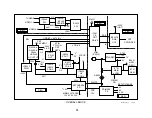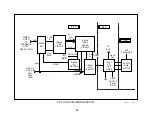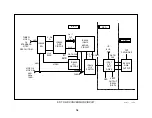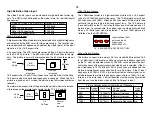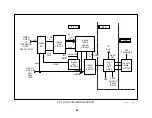
6
RF inputs:
Channels 1-99 Digital TV
The TV converter boxes listed in the chart all decode DTV signals from off
the air (terrestrial) in the USA and Canada. These TV stations conform to
the DTV ATSC format that approves an 8VSB modulation method. The
new digital channel numbers are frequencies within the current analog
Channels 2-69.
Ch 1-125 Cable DTV
At this time some cable TV companies are providing DTV service using
8VSB modulation and other cable companies sell DTV service using QAM
modulation. The 8VSB modulation means this method is probably the
same as the off the air ATSC (DTV) signal. This means if the DTV con-
verter boxes can receive the cable band, they can decode the cable DTV
signal. Cable companies using a QAM (Quadrature Amplitude) Modula-
tion method require their DTV boxes for processing.
950-1.45GHz Satellite
In competition with cable companies are Direct Broadcast System (DBS)
companies that provide satellite TV channels. The larger analog signal
DBS dishes that operate on the ”C” band were not as popular as the
smaller “Ku” band digital signal dishes. A satellite manufacture can either
provide the TV service directly to the consumer, rent transponders (space)
to other providers, or both. Some of the larger companies are:
Satellite Manufactures
Providers
GM Hughes Electronics
EchoStar/Dish Network (HD 1080i)
Direct TV
DBSC (Direct Broadcast Satellite Corp)
PrimeStar
Direct Sat
Tempo
ACC (advanced Communications Corp)
Satellite reception is vulnerable to rain scattering the signal and the sun’s
microwave energy overpowering the satellite signal. The solar outages
may occur only for minutes during the time span of a week or two during
the spring and fall equinoxes. At these times the sun is behind the target
satellite adding noise to the signal.
A few converter boxes can receive digital satellite signals. This combina-
tion of DTV and satellite decoding in one box is feasible because the
decoding circuitry is similar. It is uncertain if these converter boxes can
decode the new satellite high definition DTV signals.
Video Outputs
The converter boxes output standard resolution and high-resolution sig-
nals. All the boxes can down convert a 1080, 720 or 480 line input signal
into a standard resolution 480i picture for an analog TV. This standard
resolution output comes from the S or composite video jacks of the box.
For the higher resolution TVs that are coming out now, there is a compo-
nent (Y, Pr, Pb) and/or RGB output from the box. The RGB +sync output
could be five individual BNC jacks or a single VGA connector, such as the
ones found on the back of a home computer for its monitor.
After the correct mechanical connection is made, the signal format from
the box must match that of the high resolution TV. The box’s output
signal formats are menu selectable for box to TV compatibility. For ex-
ample if the TV accepts 1080i signal format, the box’s output must corre-
spond with the same output signal format.
If a 1080 format DTV signal is received, the box will convert it from an RF
signal, unscramble it, separate the audio, video and data, and then
uncompress the audio and video. The video will be changed into compo-
nent video or RGB voltages that are input to the TV. The sync is on the Y
line in the component video signal.
If a standard resolution 480 format DTV signal is received, the same sig-
nal processing occurs but there is an additional scan converter to double
the information before leaving as a 1080i format signal for the hich scan
TV.
Audio Outputs
All the converter boxes have composite video output and corresponding
analog audio L&R channel outputs. Some boxes have digital optical and/
or coax outputs for a Dolby
AC-3
decoder (often in a receiver). One
converter box has an IEEE 1394 output for decoding the signal in a SVHS
Содержание KV-32XBR400
Страница 1: ......
Страница 5: ...1 NOTES ...
Страница 12: ...8 NOTES ...
Страница 14: ...10 NOTES ...
Страница 83: ...APPENDIX ...


